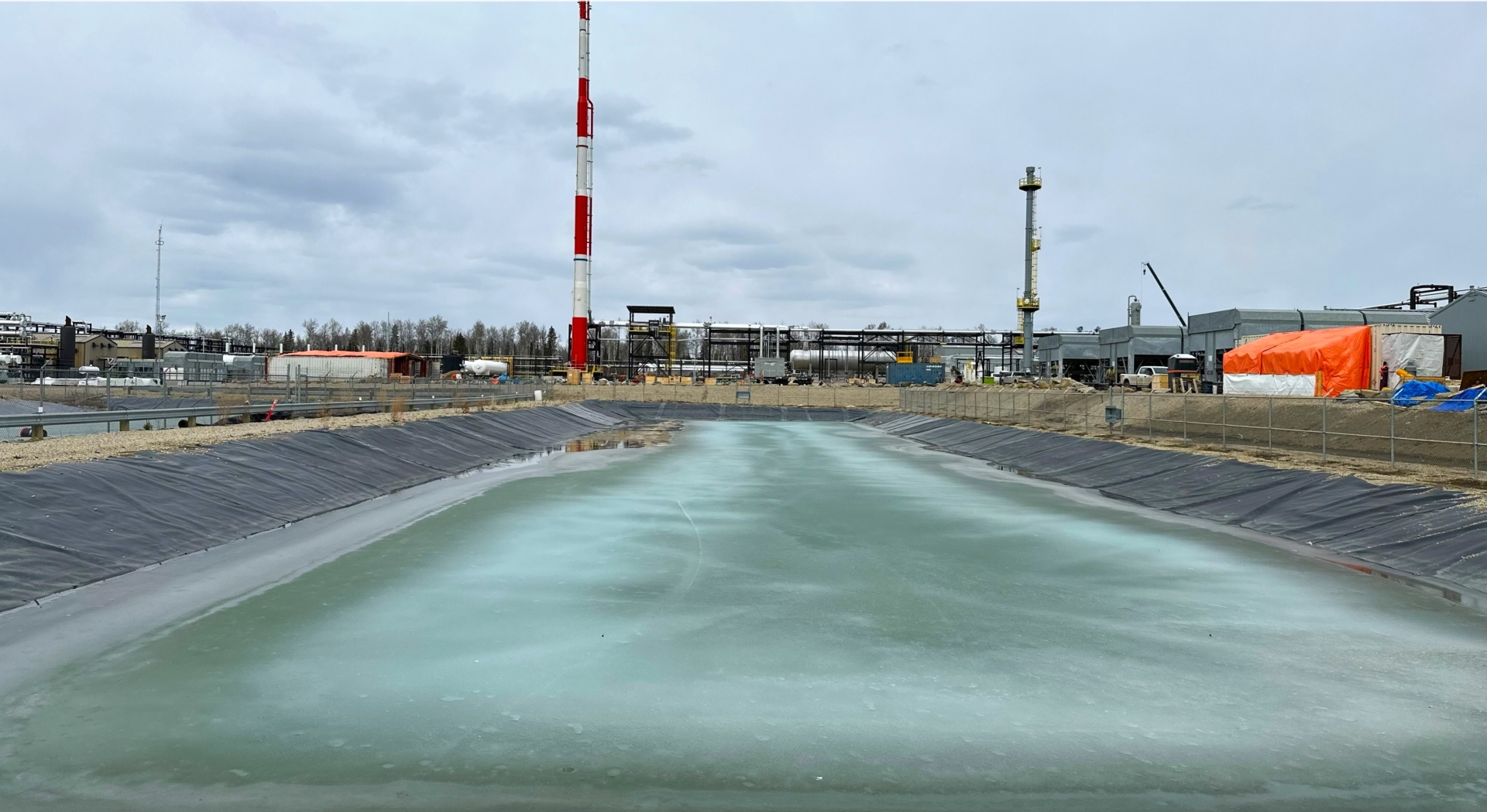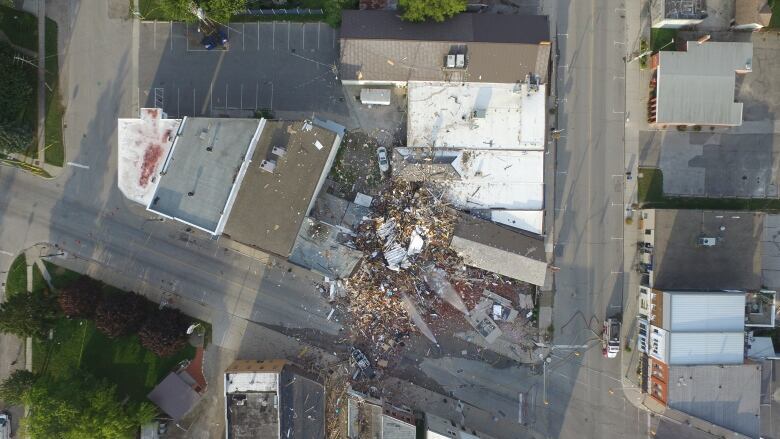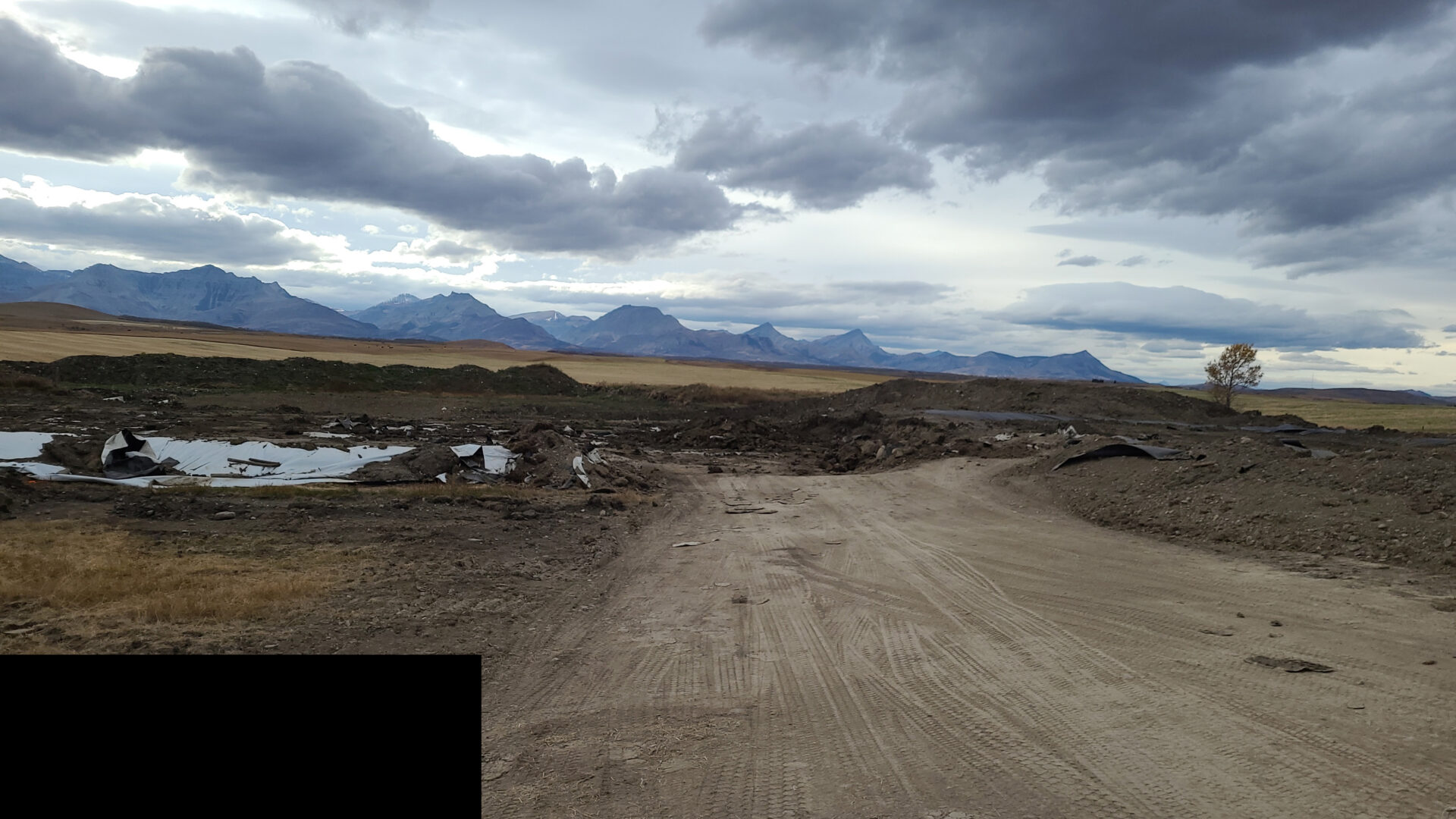The government of Alberta recently loaned $100 million to increase the pace of orphan well clean up. One major part of this cleanup is environmental closure, which comes with several unknowns, uncertainties and perceived risks.
One of the questions we are often asked is “What is the risk involved in getting these sites to full environmental closure?”.
To answer this question, we try and first understand the definition of risk. One of the ways to define risk would be, “Intentional interaction with uncertainty”. In these cases, the uncertainty predominantly lies in the environmental space which could result in financial and reputational risks.
The further understanding of this question lies at the heart of a lot of work we do at 360. The uncertainty can present us with a daunting series of questions, which we take on as a challenge with energy and determination. In all of that, we have developed a methodology which allows us to manage risk effectively. In this method we take a 3-step approach, which entails understanding the risk first, strategizing and planning next, and then finally, execution with mitigation/elimination at the forefront.
“If you know the enemy and know yourself, you need not fear the result of a hundred battles”
The first and most important step is having a deep understanding of where and what the risks are with site closure. When reviewing sites, we use a “CSI murder scene” approach where we dive deep into data and information collection. Our multi-disciplinary experts gather and find all evidence that might clue us in to the potential reclamation and remediation concerns. This comprehensive process collaborates knowledge of all disciplines that came together during the development of the site: surface land, exploration/exploitation, geology, production, operations, environment, etc. to name a few. An extremely thorough review of the well files, surface files, site visits, operator interviews, public databases, operational practices, geological formations, etc. provide us with all the data we need to list our findings. Our inhouse experts then prepare summaries of comparative analysis to give greater clarity on how one site might stand in relation to other like sites. This then leads us into the next piece of closure, strategy.
“Hope is not a strategy”
Once the sites are quantified and identified, the results are vetted through a strategy team who determine the impacts any operational activities might have had on the natural environment (land, air or water). Once the impacts are carefully understood, a bespoke strategy is designed to address them. Most often, risk can be carefully managed using a balance of technology and strategy. A great example would be the treatment of contamination in situ which has the potential to remove thousands of kilometers on roads and reduces the potential risk of spreading contamination. There are many great examples of risk-management strategy but suffice to say, a great site closure strategy is always unique balance between regulations, technology, technique and time.
“Make a plan, stick to the plan”
Continuing to the last stage of risk management is the execution. This is where we combine the deep understanding and the strategic thinking with robust tactical execution. Typically, we utilize a campaign style or assembly line approach with like-type assets or multiple clients. Applying our closure focused methodology, our field operations team groups and maps campaigns to realize the greatest efficiencies. This not only reduces costs but also very effectively minimizes contingencies or potential risks. In our opinion, repeatable processes enable consistent execution, continual and exponential learning and foster more efficient shared resources.
In this time of tight cash flows, regulatory uncertainty and fluctuating commodity prices, anything we can do to help mitigate and eliminate risk with site closure allows our clients to focus on executing in their core area of strength.
We believe we have and will keep disrupting the epoch of “risk-averse” or “risk-tolerant” corporations and will help feed their transformations into “risk-managed” responsible corporations.
































































